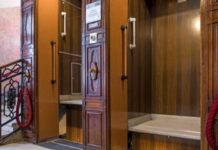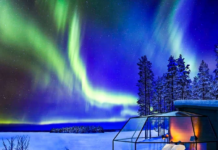Three lines and 29 stations remained secret for a long time. All of them are urban works of art but only one is literally… cosmic. Where is it?
The COSMIC UNDERGROUND
It looks like the film set of a sci-fi TV series, worthy of the most futuristic spaceships. When we say that something is “cosmic” we often mean that it is nothing short of exceptional, but this is not the case. We are talking about a subway made up of 29 stations which can all be considered works of urban art. Each of these pays homage to the achievements of the USSR, including space exploration – with mythological mosaics, carved columns and gilded chandeliers. Despite their extreme beauty, until 2018 these infrastructural pearls remained “secret”, they cannot even be photographed.
Where is this literally cosmic underground and why has it remained “secret” for so long?
# The sun after the storm: it was designed after a disastrous earthquake
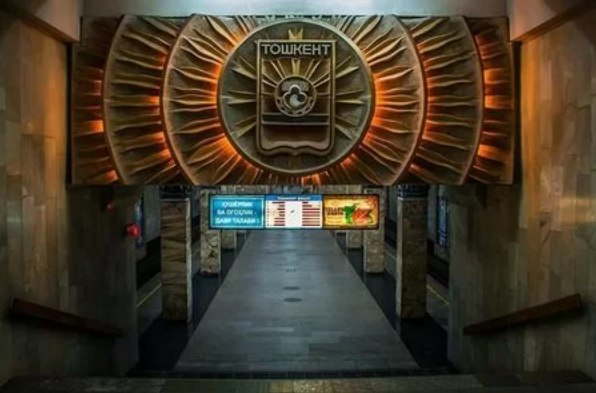
Imagine you are in the Soviet Union about 10 years after the end of the Cold War.
The atmosphere was still of revenge and affirmation, and suddenly, in 1966, there was an unwanted unexpected event: a very strong earthquake struck the city of Tashkent, in Uzbekistan. About 300,000 people were left homeless and the city was razed to the ground by powerful seismic waves. The country reacted to this disaster with a decidedly resilient attitude and not only was the city rebuilt, but the opportunity was seized as a stimulus to build a monumental metro that would pay homage to the USSR and facilitate mobility.
# A museum station entirely dedicated to Space
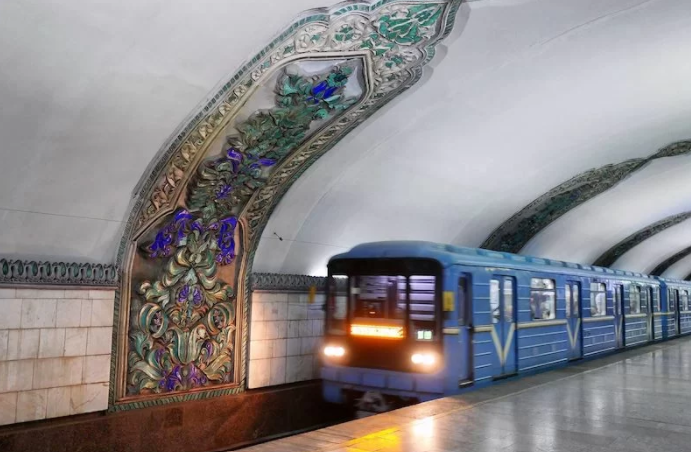
The planning of this ambitious project was started in 1968 and the works began in 1972. The first of the three lines, Chilanzar, was inaugurated in 1977 while the other two had to wait until 1984 and 2001 respectively. All the stops of these three lines are dedicated to the achievements of the USSR but there is one that in particular transports travelers in a science fiction film, celebrating the cosmonauts and space explorations of the Union: Kosmonavtlar. This stop is located south of the city center and is filled with mosaics depicting the faces of famous astronauts, such as that of Valentina Tereshkova, the first woman in space and also famous in the feminist world for her phrase “If women in Russia can they work for the railways because they can’t fly into space?”. In short, more than a subway station, Kosmonavtlar is a real museum dedicated to space.
# “No photos”: the strange ban between Soviet utopia and Uzbek mythology
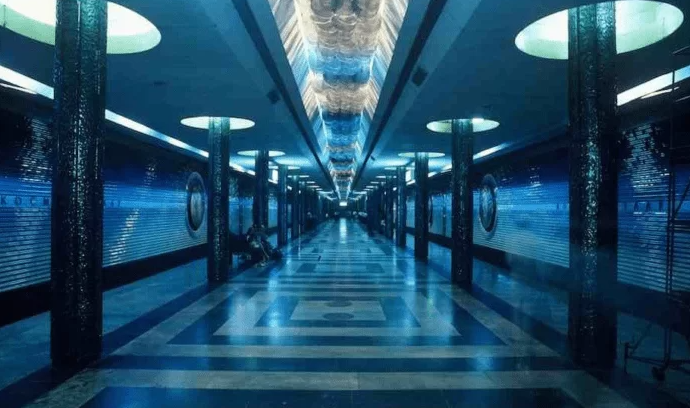
The station is on the blue line and this is exactly the dominant color. Soft light illuminates the corridors filled with columns and decorated with mosaics and large medallions with the faces and names of astronauts. The utopia and futurism pursued by the Soviet Union mix with the elements of Uzbek tradition and mythology, creating a surreal and magical atmosphere. But its aesthetic beauty is not the only aspect that attracts the attention of onlookers and tourists, in fact, until 2018, the interior of the Tashkent metro could absolutely not be photographed. It may seem madness and instead the hidden motivation behind this ban is precisely what makes these lines extremely safe: the interiors have been built bomb-proof because in the event of bombing they should have become shelters, therefore subject to strict restrictions.
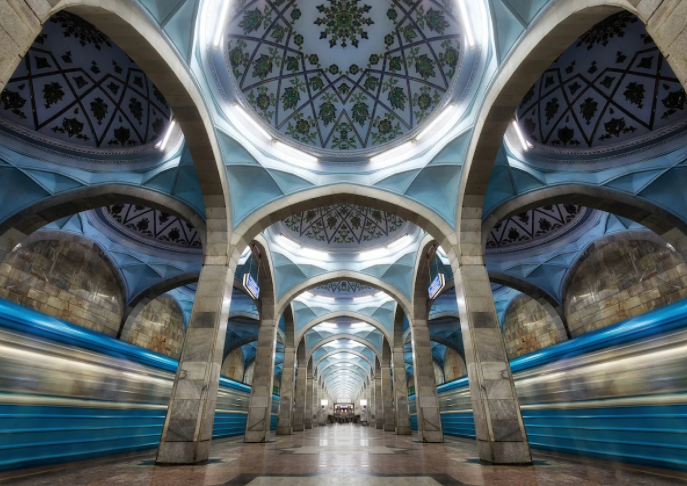
Fortunately, since 2018 this ban is no longer in force and anyone visiting the city can take home some memories of this, and of all the other “cosmic” stops.
ROSITA GIULIANO



